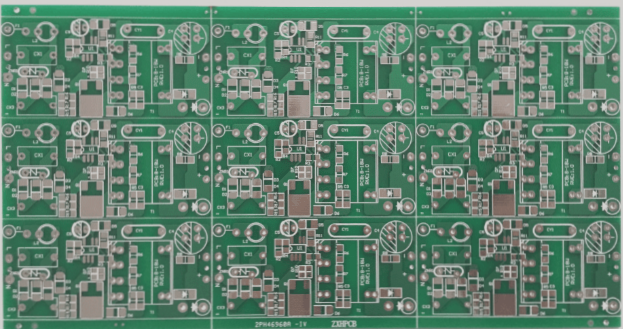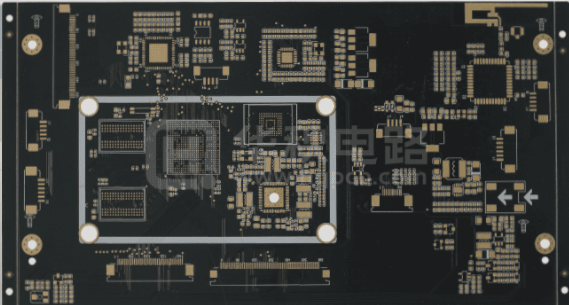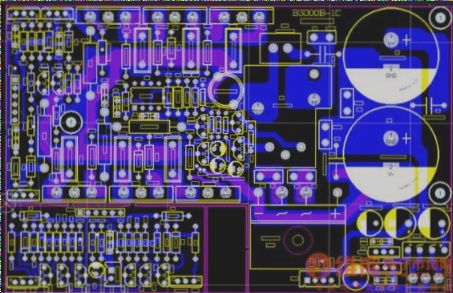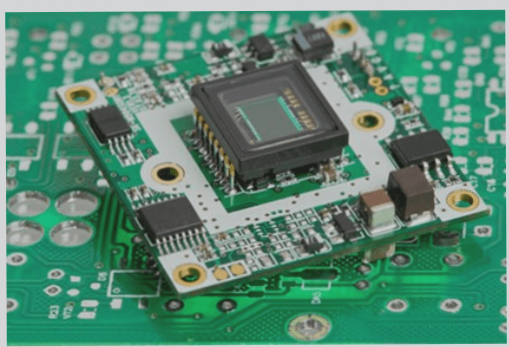Surface Mount Technology in PCB Circuit Board Manufacturing
What is Surface Mount Technology?
Surface Mount Technology (SMT) is a modern method used in the design and manufacturing of PCB (Printed Circuit Board) circuits. Unlike traditional through-hole mounting, SMT involves mounting components directly onto the surface of the PCB without the need for holes, leading to more efficient and compact electronic devices.
Evolution of SMT and Its Impact on PCB Manufacturing
SMT emerged in the 1980s as a significant advancement driven by the demand for smaller and more efficient electronic devices. This method allows for the use of smaller Surface Mount Devices (SMDs), improving manufacturing efficiency and enabling higher component density on PCBs.
Advantages of SMT in PCB Design and Production
- Increased Component Density: SMT allows for more components to be placed on both sides of the PCB, enabling more compact circuit designs.
- Improved Performance: Smaller components and shorter leads in SMT enhance signal integrity and overall performance.
- Automated Manufacturing: Highly automated SMT processes improve production speed, consistency, and reduce the risk of defects.
- Cost Efficiency: SMT lowers manufacturing costs, particularly for high-volume production, by simplifying assembly processes.
- Reliability and Durability: SMDs in SMT are directly mounted, enhancing durability and reducing mechanical failure risks.
Challenges of Surface Mount Technology
Precision in component placement and soldering is crucial in SMT to avoid circuit failures or reliability issues. SMDs require specialized equipment and expertise, adding complexity to the production process.
Conclusion
Surface Mount Technology has revolutionized the PCB industry by enabling faster, more compact, and cost-effective electronic devices. Manufacturers must maintain high precision and quality control to fully benefit from SMT advancements, ensuring the future of efficient electronics production.
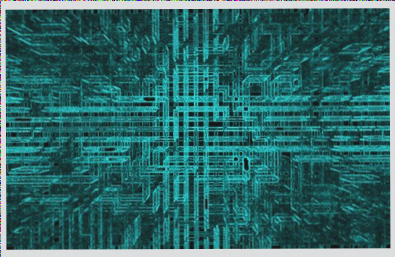
SMT and Through-Hole PCB Manufacturing: A Comparative Overview
Surface-mount technology (SMT) offers significant advantages over traditional through-hole technology (THT) in PCB manufacturing. SMT components are smaller and allow for higher component density, leading to space-saving benefits for PCB designers.
Surface Mount Technology (SMT) in PCB Manufacturing
- SMT enables higher component density, leading to compact and efficient designs for modern electronic devices.
- Manufacturing Efficiency:
- SMT simplifies the manufacturing process, reducing setup time and costs.
- Less labor-intensive processes result in faster production cycles.
- Cost Reduction:
- SMD components are cost-effective compared to through-hole counterparts.
- Overall reduction in material and labor costs contributes to affordable PCB production.
- Enhanced Reliability:
- SMT boards are more resistant to vibration and shock, enhancing overall circuit performance.
- Shorter signal paths improve circuit reliability.
Challenges and Trade-offs of SMT
- Difficulties in Prototyping and Manual Assembly:
- Manual assembly of SMT boards is challenging due to the small component size.
- Specialized equipment is required for assembly and testing.
- Incompatibility with Power Components:
- For power supplies or high-voltage circuits, through-hole technology may be preferred.
- SMDs have limitations in handling higher power or voltage levels.
- Environmental Sensitivity:
- SMT connections can be vulnerable to damage from thermal cycling or harsh environments.
- Potential damage to solder joints from thermal management compounds.
- Capital Investment for Equipment:
- SMT production requires expensive equipment like placement machines and reflow ovens.
- Advanced engineering expertise and planning are needed for SMT designs.
- Through-Hole’s Durability:
- Through-hole technology is more durable in harsh environments and vibrations.
- Leads passing through the PCB enhance durability for demanding applications.
- Limited Component Compatibility:
- Not all components are suitable for surface-mount assembly.
- Large capacitors, transformers, or connectors may require through-hole technology.
SMT Advancements in Modern PCB Manufacturing
SMT technology has transformed the electronics industry, offering faster production of smaller, lighter circuit boards with reduced costs. Automation and smaller SMD innovations continue to enhance the advantages of SMT.
Hybrid Approach: Combining SMT and Through-Hole
Manufacturers often use a hybrid approach, combining SMT and through-hole technologies to maximize benefits. SMT is ideal for high-density components, while through-hole is preferred for power components requiring durability.
The Future of SMT and Through-Hole Technology
As electronic products demand smaller and more efficient PCBs, SMT’s higher density and cost efficiency ensure its dominance. Through-hole technology remains vital for specialized applications needing durability and high-power capabilities.
The Benefits of Outsourced SMT Manufacturing for Modern PCBs
In today’s fast-paced electronics industry, the complexity of modern Printed Circuit Boards (PCBs) can be overwhelming for many companies. As a result, more and more businesses are turning to outsourced Surface Mount Technology (SMT) manufacturing to meet their production needs efficiently.
Outsourcing SMT manufacturing offers companies the advantage of avoiding the significant investment required for specialized equipment and expertise. By partnering with a reliable contract manufacturer, businesses can access state-of-the-art facilities and skilled professionals without the upfront costs.
The Coexistence of SMT and Through-Hole Technologies
While SMT has gained popularity for its efficiency and space-saving benefits, through-hole technology still plays a vital role in many applications. Both technologies offer unique advantages, and their coexistence provides flexibility in design and manufacturing.
Whether you choose SMT or through-hole technology for your PCB assembly, it’s essential to understand the specific requirements of your project. By leveraging the strengths of each technology, you can create high-quality PCBs that meet the diverse needs of the electronics industry.
If you have any questions about PCB or PCBA, don’t hesitate to contact us at info@wellcircuits.com.

